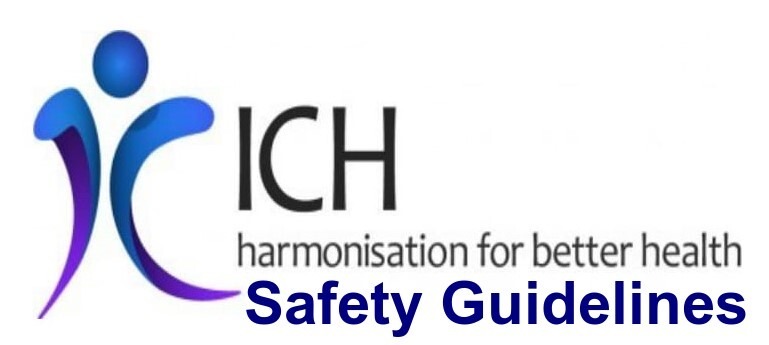Drug Development is a long and costly process consisting of several steps. Generally, it takes 12-15 years for new drug development to reach the marketplace. This process further gets prolonged when one wishes to introduce this new drug to various world markets. As every country has its national regulations and certain requirements, the company that wishes to introduce the new medicine has to reinvent the wheel to fulfill the regulatory requirements of that country. This process is unending as every country has diverse norms, regulations, and processes.
In order to streamline this process, during the 1980s a harmonization process between the countries for drug development and regulations began. Initially, the European Union began to harmonize drug regulations within the European countries. Slowly, the big pharma markets, the United States and Japan joined with the European Union to plan the harmonization of all technical processes involving drug discovery and drug development. The International Conference on Harmonisation of Technical Requirements for Registration of Pharmaceuticals for Human Use (ICH) was created in April 1990. The initial objective of ICH was to coordinate the regulatory activities of the European, Japanese, and United States regulatory bodies in consultation with the pharmaceutical trade associations from these regions. It was planned to discuss and agree on the scientific aspects arising from product registration and create some commonalities for drug registration in these important ICH members. The International Council for Harmonisation of Technical Requirements for Pharmaceuticals for Human Use (ICH) has brought together the regulatory authorities and pharmaceutical industry to discuss scientific and technical aspects of pharmaceuticals and develop ICH guidelines.
The mission of the ICH is to promote public health by achieving greater harmonisation through the development of technical Guidelines and requirements for pharmaceutical product registration to ensure that safe, effective, and high quality medicines are developed, registered, and maintained in the most resource-efficient manner whilst meeting high standards. As a process of harmonisation, ICH has developed various guidelines by bringing in academia, regulators, industry, and researchers and engaging in public consultations. Since its inception in 1990, ICH has gradually evolved, to respond to increasingly global developments in the pharmaceutical sector and these ICH guidelines are applied by a growing number of regulatory authorities. Slowly and steadily, the ICH guidelines have been adopted by several non-ICH regions of the world. Today ICH has grown as an organisation and now includes 21 members and 36 observers. These guidelines encompass the main three topics concerned with medicines, i.e., quality, efficacy, and safety. In order to make uniformity of documentation and review process, multidisciplinary guidelines have been provided for industry, researchers as well and to regulators. The ICH has helped parallel market access to novel medicines and has reduced duplication of non-clinical and clinical studies as well as uniformity of documentation, dossier, and review process. In the forthcoming blogs, we will be discussing a few key ICH guidelines that will be useful resources for our readers.


